Filter by
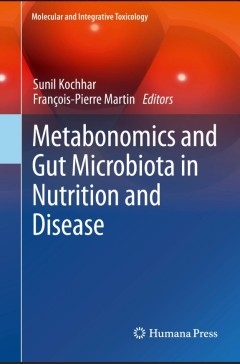
Metabonomics and Gut Microbiota in Nutrition and Disease
This book provides a comprehensive overview of metabonomics and gut microbiota research from molecular analysis to population-based global health considerations. The topics include the discussion of the applications in relation to metabonomics and gut microbiota in nutritional research, in health and disease and a review of future therapeutical, nutraceutical and clinical applications. It also …
- Edition
- -
- ISBN/ISSN
- 978-1-4471-6538-5
- Collation
- XVI, 375
- Series Title
- Molecular and Integrative Toxicology
- Call Number
- -
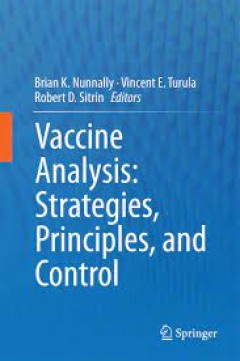
Vaccine Analysis: Strategies, Principles, and Control
This book is an indispensable tool for anyone involved in the research, development, or manufacture of new or existing vaccines. It describes a wide array of analytical and quality control technologies for the diverse vaccine modalities. Topics covered include the application of both classical and modern bio-analytical tools; procedures to assure safety and control of cross contamination; co…
- Edition
- -
- ISBN/ISSN
- 978-3-662-45024-6
- Collation
- XII, 665
- Series Title
- -
- Call Number
- -
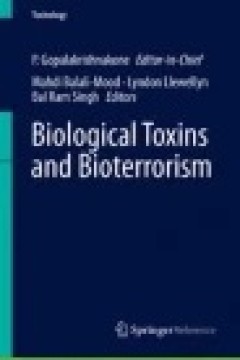
Biological Toxins and Bioterrorism
Biological toxins are an important part of our world, a reality with which we need to cope, so in parallel with understanding their mechanisms of action and thereby improving our fundamental knowledge, there are successful efforts to utilize them as therapeutics against some debilitating human and animal diseases. In view of the complexity of different types of biotoxins and the broad range of …
- Edition
- -
- ISBN/ISSN
- -
- Collation
- -
- Series Title
- -
- Call Number
- 615.4
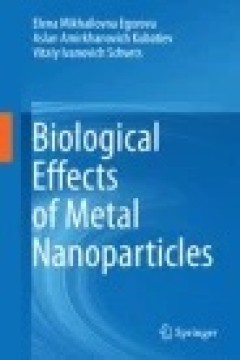
Biological Effects of Metal Nanoparticles
This book offers a comprehensive overview of recent studies conducted on the biological effects of metal nanoparticles. It also provides a solid theoretical foundation and various metal nanoparticle synthesis methods. Part I reviews the main chemical methods used for synthesizing metal nanoparticles in a solution and describes original method of biochemical synthesis, as well as some special…
- Edition
- -
- ISBN/ISSN
- 978-3-319-30906-4
- Collation
- -
- Series Title
- -
- Call Number
- 615.4

Tryptophan Metabolism: Implications for Biological Processes, Health and Disease
This book discusses the relationship between cellular immunity and tryptophan metabolism, as well as its products, serotonin and melatonin, in the development of several diseases and reappraises the common signal transduction pathways of the neurodegenerative diseases, carcinogenesis, immune tolerance, inflammation, hypersensitivity reactions, neuropsychiatric disorders, in addition to bacteria…
- Edition
- -
- ISBN/ISSN
- 978-3-319-15630-9
- Collation
- 4 b/w illustrations, 17 illustrations in colour
- Series Title
- -
- Call Number
- -
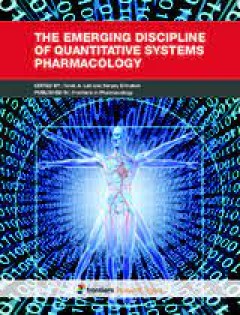
The Emerging Discipline of Quantitative Systems Pharmacology
In 2011, the National Institutes of Health (NIH), in collaboration with leaders from the pharmaceutical industry and the academic community, published a white paper describing the emerging discipline of Quantitative Systems Pharmacology (QSP), and recommended the establishment of NIH-supported interdisciplinary research and training programs for QSP. QSP is still in its infancy, but has tremend…
- Edition
- -
- ISBN/ISSN
- -
- Collation
- -
- Series Title
- -
- Call Number
- 615 LEI e
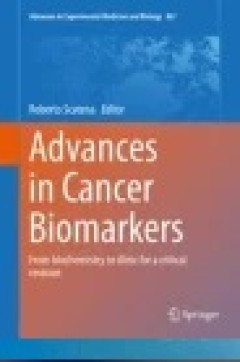
Advances in Cancer Biomarkers: From biochemistry to clinic for a critical rev…
At present there are a growing number of biomolecules under investigation to understand their potential role as cancer biomarker for diagnostic, prognostic and therapeutic purposes. Intriguingly, the state of art on cancer biomarkers research shows interesting and promising results together to clamorous failures. Also from a clinical point of view, there are contradictory results on routine cl…
- Edition
- Ed. 1
- ISBN/ISSN
- 978-94-017-7215-0
- Collation
- IX, 372
- Series Title
- Advances in Experimental Medicine and Biology
- Call Number
- 616.994 ADV a
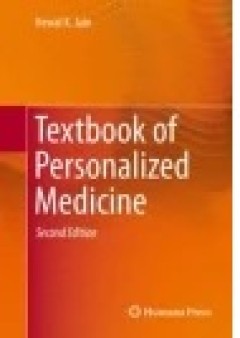
Textbook of Personalized Medicine
Advances in the technology used in personalized medicine and increased applications for clinical use have created a need for this expansion and revision of Kewal K. Jain’s Textbook of Personalized Medicine. As the first definitive work on this topic, this book reviews the fundamentals and development of personalized medicine and subsequent adoptions of the concepts by the biopharmaceutical in…
- Edition
- -
- ISBN/ISSN
- 978-1-4939-2553-7
- Collation
- XL, 732
- Series Title
- -
- Call Number
- -
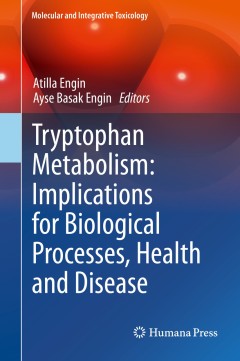
Tryptophan Metabolism: Implications for Biological Processes, Health and Disease
This book discusses the relationship between cellular immunity and tryptophan metabolism, as well as its products, serotonin and melatonin, in the development of several diseases and reappraises the common signal transduction pathways of the neurodegenerative diseases, carcinogenesis, immune tolerance, inflammation, hypersensitivity reactions, neuropsychiatric disorders, in addition to bacteria…
- Edition
- -
- ISBN/ISSN
- 978-3-319-15630-9
- Collation
- XI, 382
- Series Title
- -
- Call Number
- -
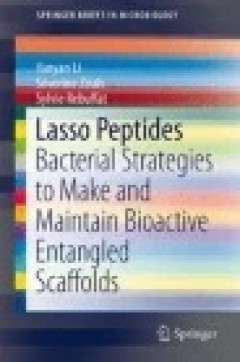
Lasso Peptides: Bacterial Strategies to Make and Maintain Bioactive Entangled…
Lasso peptides form a growing family of fascinating ribosomally-synthesized and post-translationally modified peptides produced by bacteria. They contain 15 to 24 residues and share a unique interlocked topology that involves an N-terminal 7 to 9-residue macrolactam ring where the C-terminal tail is threaded and irreversibly trapped. The ring results from the condensation of the N-terminal amin…
- Edition
- -
- ISBN/ISSN
- 978-1-4939-1010-6
- Collation
- -
- Series Title
- -
- Call Number
- -
 Computer Science, Information & General Works
Computer Science, Information & General Works  Philosophy & Psychology
Philosophy & Psychology  Religion
Religion  Social Sciences
Social Sciences  Language
Language  Pure Science
Pure Science  Applied Sciences
Applied Sciences  Art & Recreation
Art & Recreation  Literature
Literature  History & Geography
History & Geography